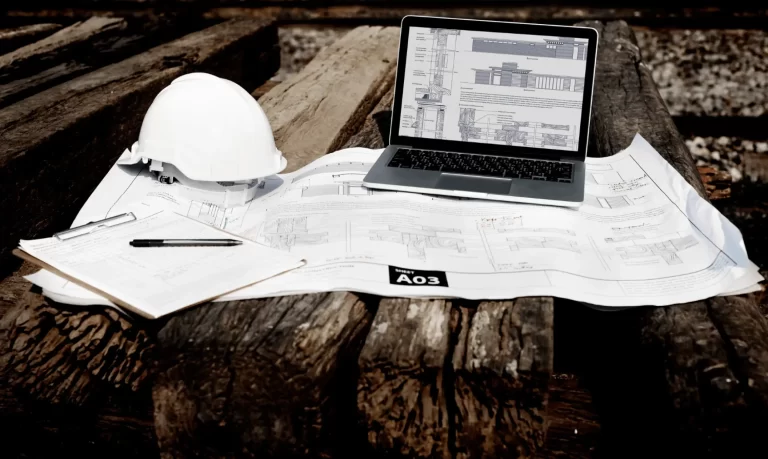Our NDT services involve a Qualitative evaluation of structural integrity using various techniques to established international code requirements. We deploy tools and equipment including ultrasonic testing, rebound hammers, rebar scanners, ground penetrating radars among others that utilise latest technologies to identify materials, assess material properties, quality, integrity and extent of deterioration in a building, facility or infrastructure of concern.
We utilise technologies leveraging on principles of eddy currents and electromagnetic waves to locate buried objects like rebars and conduits. We acquire technical information such as depth of embedment, rebar diameters, size, cover in both above and below ground and facilities.
Commonly deployed tools include –

Measurement of size and depth of cracks to assess the extent of damage. We utilise magnification tools and technology working on principle of sound waves.
Commonly deployed tools include –

Our concrete evaluation services employ a range of NDT techniques including surface hardness and sound waves to assess the quality, integrity, and strength of concrete structures.
Depending on the scope of works, the tools commonly deployed are either any or combination of –

This assessment services evaluate the susceptibility of structures to corrosion and assess their overall durability. This includes the detection of corrosion-induced voids and delaminations, corrosion of rebars and metal surfaces.
Tools commonly deployed utilise technologies that are either any or combination of –


Get a Professional Engineer’s Opinion for Free*
*Terms and conditions apply
By submitting this form, you consent to the collection and processing of your personal data as outlined in our Privacy Policy
Be up-to-date with the latest trends and best practices in the industry and
get insights into our projects from industry Professionals.